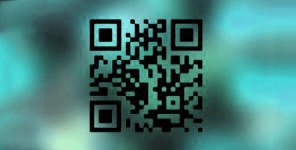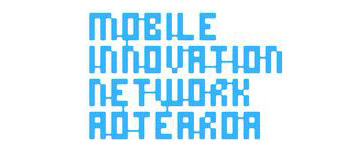 News
News
International MINA Mobile Innovation Screening 2012
The International Mobile Innovation Screening 2012 will showcase an international screening programme of mobile short films. Simultaniously the MINA [Mobile Innovation Network Aotearoa]Mobile Creativity and Innovation Symposium opening reception will take place at the New Zealand Film Archive in Wellington, Te Anakura Whitiahua, on the 23rd November 2012.
MINA reception (6.30pm) and mobile film screening (7pm-8pm)
The 2nd International Mobile Creativity and Mobile Innovation symposium hosted at Massey University Wellington, on 24th/25th November, will provide a platform for filmmakers, artists, researchers and industry professionals to debate the prospect of wireless, mobile and ubiquitous technologies in a changing art and design environment and the transforming creative industries.

